Rising like a phoenix from the ashes
Published on April 23rd, 2019
When the gun sounds for the 2019 Worrell 1000 Reunion Race, it will be the culmination of dreams and desire to return the race from where it imploded in 2003.
When the fleet of beach catamarans depart May 6 from South Florida to begin its 1000 offshore adventure to Virginia Beach, VA, the 17 year resurrection will be finally complete.
The Worrell 1000 had been the invention of Michael Worrell, who owned Worrell Brothers restaurant and bar in Virginia Beach with his brother, Chris.
In 1974, he and some of his sailing buddies sitting at the bar double-dog-dared each other to give sailing the east coast a try in a catamaran, even though they figured it was probably impossible. (Yes, beers were involved.)
But give it a try Worrell did, leaving the beach with Steve McGarrett. They skirted a pair of hurricanes and despite having to stop for numerous repairs to their Hobie 16 catamaran, reached Fort Lauderdale 20 days later.
In 1976, the inaugural Worrell Brothers Coastwise Race was born with four teams. Worrell and teammate Guerry Beatson won.
For years, competitors sailed nonstop to Virginia Beach. Teams would hit a designated checkpoint to make repairs, grab provisions and usually switch out one sailor with another who was part of a ground crew. There were races where all the conditions of wind direction and calm seas saw the boats making the 1000-mile journey in less a week.
Later, a group of businessmen purchased the rights from Worrell, who still worked the event as beach captain. Earlier renamed the Worrell 1000, the race continued until 1990.
Worrell eventually regained ownership and revived it in 1997. The race format changed, with teams stopping overnight at checkpoints along the coast and the shortest overall elapsed time winning. Worrell figured it would be better for promoting the event to have the start of each leg at the same time for media coverage.
In 2002, Brian Lambert and Jamie Livingston, sailing for Alexander’s on the Bay restaurant, set the course record of 71 hours, 32 minutes and 55 seconds.
It would be the final race under Worrell.
Over the years, teams came from as far away as Australia and Russia. At least once, a team of women competed. Some races were notorious for dangerous conditions that destroyed boats. Run-ins with giant sea turtles cracked hulls. While there never were any serious injuries, there were plenty of broken bones along the way.
Worrell said at the time that he was inches away from signing a huge deal to turn the race into a reality television show.
But in 2003, just weeks before the start of the 21st race, Worrell canceled, citing financial problems with a major sponsor.
Teams were angry. Pittsburgh attorney Frank Moore filed a suit on behalf of 11 plaintiffs for $65,000. Moore said in a story in The Virginian-Pilot that his team had invested $27,000 to be one of 36 teams that had paid $5,000 entry fees each.
Worrell never recovered financially. He died in 2010 at age 67 after a two-year battle with pancreatic cancer.
Thousands of dollars had been spent by teams and they never got back a penny.
Enter Bill Photinos, Robert Feldman and Neil Wilson. The trio acquired the naming rights from Worrell’s wife after his death. Through the work of several attorneys, it was determined that they wouldn’t be responsible for any of Worrell’s debt.
“We are a totally separate entity,” Photinos said. “This has been in the works for years but we wanted to make sure we did everything right with total transparency.”
Only four teams have entered the reunion race, including Lambert on Team Buoy 44 and longtime competitor Rod Waterhouse on Team Australia.
“The way the race ended, there’s a lot of bitter feelings,” Wilson said. “We know that a lot of teams are gun-shy. But we want to prove to people we’re serious and we’re bringing this race back.
“And having guys like Brian and Rod adds a lot of validity.”
John Williams was a team manager in three Worrell 1000s, twice with Team Tommy Bahama, which brought more financial backing than any other entry in the race’s history. He’ll be serving as the principal race officer, running the beaches at checkpoints and putting out fires along the way. Like the others, he understands there are a lot of nonbelievers.
“There is a tremendous amount of skepticism,” he said. “We get that. Hey, I still have my Michael Worrell stock certificate he wrote out to people he owed money to. Two of the people on the board are lawyers so we’re not responsible for any of the past. This is a new start.
“Hey, we’re all getting older and we just figured, if we don’t do this now, when?”
The new version of the Worrell 1000 will be considerably more high tech, starting with better-built boats than the old ones. There also will be real-time placement locators on each boat so anyone wanting to keep track of the race can watch on a computer or cell phone.
“We used to sit on the beach and wonder where our teams were and how long it would take them to get here,” Williams said. “The only technology we had back then was your eyes. Keep the beach on the left was the rule and look for landmarks you had memorized.
“Now we’ll be on the beach looking at our phones and know that our team is a couple of miles away traveling this fast.
“It’s probably going to be an emotional finish, especially for those who were so involved for all those years.”


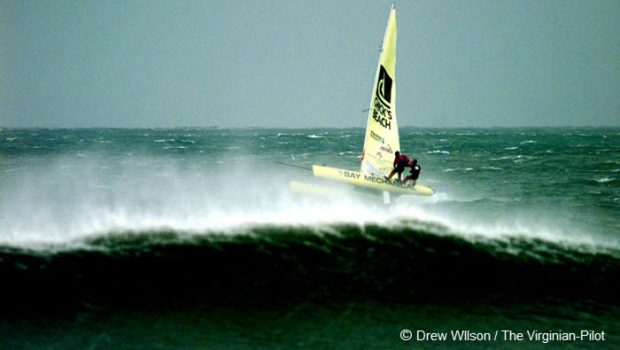
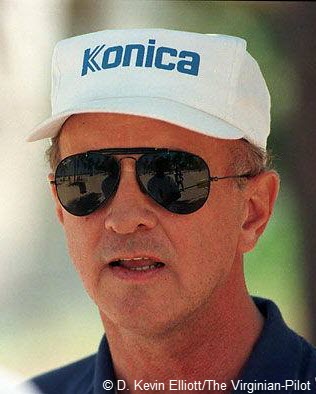



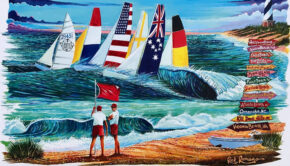
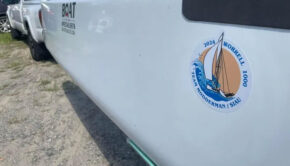
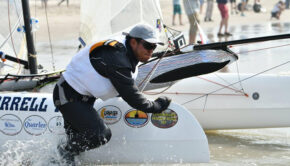
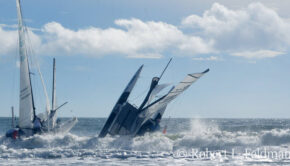
 We’ll keep your information safe.
We’ll keep your information safe.